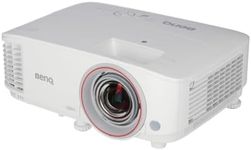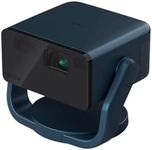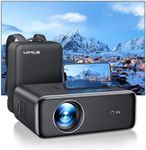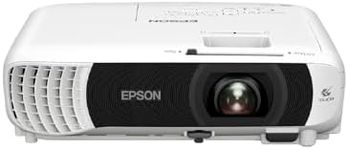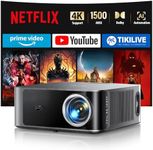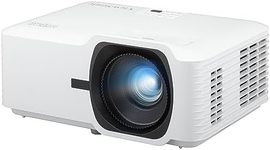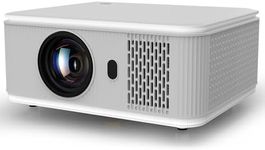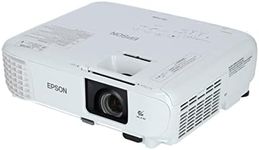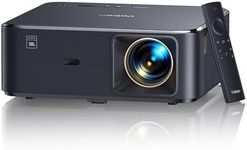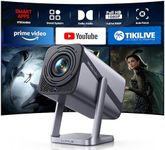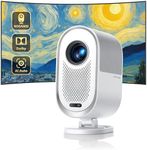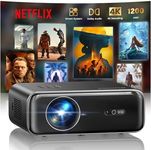Buying Guide for the Best Budget Projectors
Choosing the right projector can greatly enhance your viewing experience, whether you're using it for home entertainment, business presentations, or educational purposes. When selecting a projector, it's important to consider the environment in which you'll be using it, the type of content you'll be projecting, and the level of portability you require. Understanding the key specifications will help you make an informed decision that best suits your needs.ResolutionResolution refers to the number of pixels that make up the image projected by the projector. Higher resolution means more pixels, which translates to a clearer and more detailed image. Common resolutions include SVGA (800x600), XGA (1024x768), WXGA (1280x800), and Full HD (1920x1080). If you're using the projector for basic presentations or watching movies occasionally, a lower resolution like SVGA or XGA might suffice. However, for high-definition content or gaming, consider WXGA or Full HD for better image quality.
BrightnessBrightness is measured in lumens and indicates how well a projector can display images in different lighting conditions. A higher lumen count means the projector can produce brighter images, which is crucial if you plan to use it in a well-lit room or outdoors. Projectors with 2000-3000 lumens are generally suitable for dimly lit rooms, while those with 3000-4000 lumens or more are better for brighter environments. Consider your typical usage environment to determine the appropriate brightness level.
Contrast RatioContrast ratio is the difference between the darkest and brightest parts of an image. A higher contrast ratio means more vibrant colors and deeper blacks, which enhances the overall image quality. Projectors with a contrast ratio of 1000:1 to 3000:1 are common for general use, but if you're looking for more cinematic experiences, aim for a higher contrast ratio like 5000:1 or above. Your choice should depend on how important image depth and color richness are to your viewing experience.
Throw DistanceThrow distance is the distance between the projector and the screen, which affects the size of the projected image. Short throw projectors can produce large images from a short distance, making them ideal for small rooms or spaces where the projector can't be placed far from the screen. Long throw projectors require more distance to project larger images, suitable for larger venues. Consider the size of your room and how far you can place the projector from the screen to choose the right throw distance.
PortabilityPortability refers to how easy it is to move the projector around. If you need a projector that can be easily transported between different locations, look for lightweight models with compact designs. Portable projectors are great for business professionals or educators who need to present in various settings. If the projector will remain in a fixed location, portability might be less of a concern, allowing you to focus on other features like performance and image quality.
Connectivity OptionsConnectivity options determine how you can connect your devices to the projector. Common connections include HDMI, USB, VGA, and wireless options like Bluetooth or Wi-Fi. HDMI is essential for high-definition video and audio, while USB can be useful for direct media playback. Wireless connectivity allows for easy streaming from smartphones or tablets. Consider the devices you plan to connect and ensure the projector has the necessary ports and wireless capabilities to accommodate them.

